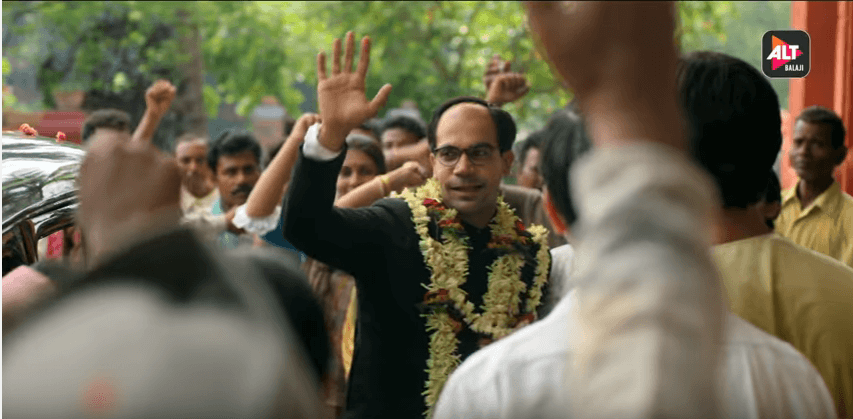
Retired Allahabad High Court judge Justice Vishnu Sahai, who submitted his 347-page report on Gumnami Baba to Uttar Pradesh Governor Ram Naik on Tuesday, told the Times of India in an exclusive interview that "a majority of witnesses who deposed before the commission said that Gumnami Baba was Netaji".
The Justice Sahai commission was formed in June 2016 by the then UP government on an Allahabad HC directive to following a PIL which claimed Faizabad-based ascetic Gumnami Baba was Netaji Subhash Chandra Bose — the freedom fighter many believed had died in a plane crash in Taiwan in 1945.
Also Read: Subhas Chandra Bose birth anniv: What would Netaji have made of Narendra Modi?
"The primary source of evidence for the commission were the witnesses who either appeared before me in person or whose affidavits were treated by me as statements. A majority of the witnesses said Gumnami Baba was Netaji or may have been Netaji. Some witnesses also said he was not," Justice Sahai told ToI.
The time difference between Gumnami Baba's death in 1985 and statements of witnesses in 2016 and 2017 posed a great challenge before the commission.
"Gumnami Baba died in 1985 and witnesses gave their statements in 2016 and 2017, a time lag of over three decades. It is natural that with passage of time, their memory dimmed and, at times, they were prone to imagine facts and events, about which they deposed," he said.
The retired judge also said one aspect while evaluating the depositions was many witnesses strongly believed Gumnami was Netaji.
"The mandate of the commission was to find out the identity of Gumnami Baba. Majority of the witnesses began with the premise that Gumnami Baba was indeed Netaji. Their approach was that, in case the commission did not agree with their premise, only then should it try to find out the identity of Gumnami Baba. In other words, they put the cart before the horse," he said.

The reason for such a belief was the striking resemblance between Netaji and Gumnami Baba faces, Sahai felt.
Those who deposed before the commission included people who had visited Gumnami Baba, some journalists who were curious about the ascetic's identity, and also some members of Netaji's family.














